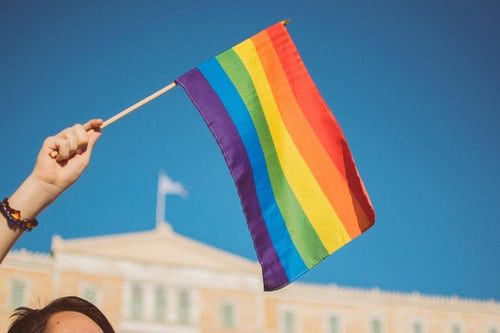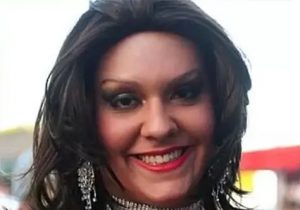The month
of June is recognised as ‘Pride Month’ across the world to promote equality
among people of all sexual orientations. During the entire month, people can be
seen taking to the streets with rainbow flags to express their solidarity with the
LGBTQ+ community.
Also Read | Gay magazines: The facet of LGBT history schools don’t teach
The history
of ‘Pride Month’ can be traced back to the year 1969 in the city of New York,
where police and gay rights activists clashed outside the Stonewall Inn gay bar
in Greenwich village. Those riots gave birth to an international movement for the
rights of gay men, lesbians and other marginalized people.
It was
following those incidents that American artist Gilbert Baker made the first
symbol of pride for the LGBTQIA+ community, the rainbow flag.
Here are
all the different Pride flags that have come up since and what they stand for:
Gilbert
Baker flag

One of the first
Pride flags, this flag was first unveiled at the San Francisco Gay and Lesbian
Freedom Day Parade on June 25, 1978. It was made by artist and gay rights
activist Gilbert Baker. The flag had eight coloured stripes – hot pink for sex,
red for life, orange for healing, yellow for sunlight, green for nature, turquoise
for art, indigo for harmony and violet for spirit.
Also Read | Top US politicians whose children came out of the closet
Traditional
flag

In the year
1979, two of the eight colours from Gilbert Baker’s flag were removed, to
create the version most popular these days. The colour pink was
reportedly removed because of complications related to obtaining fabric, while turquoise
was removed because of issues regarding there being an odd number of colours.
Lesbian Flag

The Lesbian
Pride Flag is comprised of seven different shades of pink, ornage, white and
red. There is another version of the flag, with a lipstick mark in the corner
to celebrate the Lipstick Lesbian and other subcultures, although it is considered
not fully representative of the community.
Transgender
flag

The Transgender
Pride Flag was created by Monica Helms, a transgender woman in 1999. It
features two sets of stripes of two colours, pale blue and pale pink, which are
associated with baby boys and baby girls respectively separated by a white strip
down the middle.
Also Read | Pride Month: 5 US transgender politicians who are revolutionising politics
More Colour,
More Pride flag

The More
Colour More Pride campaign group based in Philadelphia introduced two new
colours to the traditional flag in 2017 to better represent LGBTQ+ people of
colour.
Bisexual flag

This was
introduced in 1998, by LGBTQ+ activist Michael Page. It features three colours,
magenta, blue, lavender, which represent same-sex attraction, hetrosexual
attraction and attraction to both sexes.
Also Read | Pride Month: Activists who brought change for LGBTQIA community
Genderqueer
flag

The
Genderqueer Pride Flag was designed in 2011 by genderqueer writer and activist Marilyn
Roxie. It features three stripe, lavender, white and chartreuse. Lavender is a mix of blue and pink, which symbolise boys and girls, while the white represents gender neutral identities. Chartreuse represents third gender identities.







